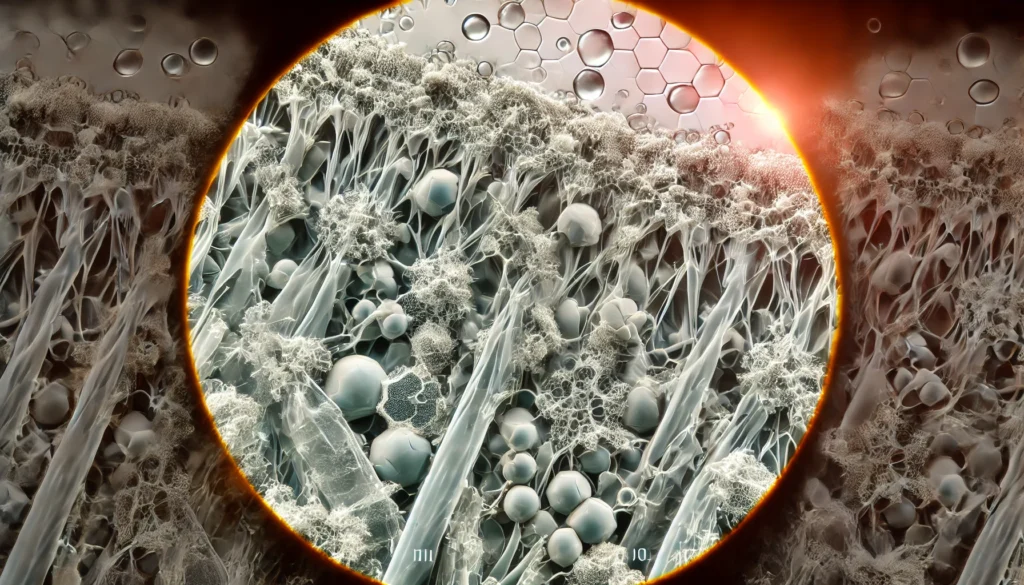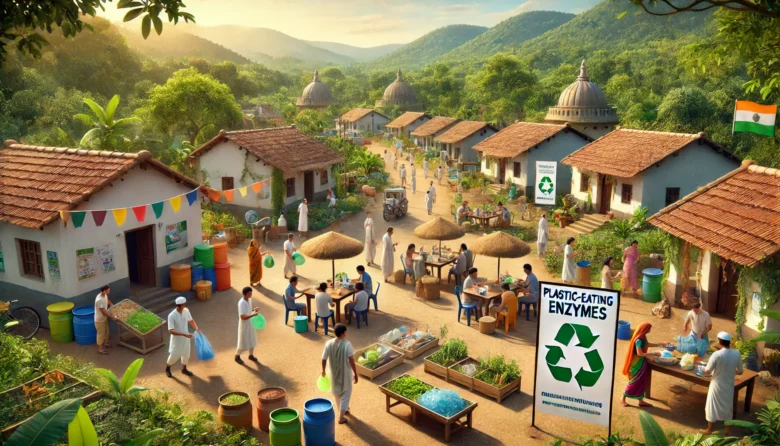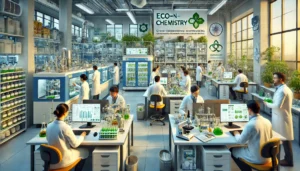India, with its vast landscapes and vibrant culture, faces a daunting challenge: managing plastic waste. Every day, millions of tonnes of plastic are discarded, polluting our environment and endangering wildlife. But what if nature could help us solve this problem? Enter plastic-eating enzymes, a groundbreaking innovation that promises to break down plastic waste naturally.
What Are Plastic-Eating Enzymes?
Plastic-eating enzymes are natural proteins that can break down plastic materials into simpler, harmless substances. These enzymes are typically produced by certain bacteria and fungi that have evolved to digest plastic as a food source.
The Need for Plastic-Eating Enzymes in India
India produces an immense quantity of plastic waste annually. Conventional disposal methods, like landfilling and burning, are unsustainable and frequently result in serious environmental contamination. Plastic-eating enzymes offer a promising alternative by:
- Reducing the volume of plastic waste
- Minimizing environmental pollution
- Promoting sustainable waste management practices

How Do Plastic-Eating Enzymes Work?
Plastic-eating enzymes function by breaking down the long polymer chains that makeup plastics. Here’s a simple breakdown of how they work:
Identification: Enzymes target specific types of plastic, such as PET (polyethylene terephthalate), commonly found in bottles and packaging.
Degradation: The enzymes break the chemical bonds in the plastic, reducing it to smaller molecules.
Assimilation: The resulting molecules are further broken down and used by the microorganisms for energy and growth.
Benefits of Plastic-Eating Enzymes
Environmental Conservation: By breaking down plastic waste, these enzymes help reduce pollution and protect ecosystems.
Waste Reduction: These enzymes greatly decrease the volume of plastic waste that accumulates in landfills and oceans.
Sustainability: Using natural processes to manage waste aligns with sustainable development goals.
Cost-Effective: Enzymatic degradation of plastic can be more economical compared to other waste management methods.
Innovative Companies Leading the Way
Several companies are pioneering the use of plastic-eating enzymes:
Carbios: A French company that develops biological solutions for the end-of-life of plastics.
Ideonella sakaiensis: Not a company, but a bacterium discovered in Japan that produces enzymes capable of breaking down PET plastics.
Challenges and Considerations
While the potential of plastic-eating enzymes is immense, there are some challenges to consider:
Scalability: Producing and deploying these enzymes on a large scale is still a work in progress.
Specificity: Different plastics require different enzymes, making the process complex.
Regulation: Ensuring that the use of these enzymes is safe and regulated is crucial.
Government and Community Initiatives
The Indian government and various community groups are actively supporting initiatives to tackle plastic waste:
Swachh Bharat Abhiyan (Clean India Mission): A national campaign aimed at cleaning the streets, roads, and infrastructure of Indian cities and rural areas.
Plastic Waste Management Rules 2016: These rules promote the use of plastic-eating enzymes and other innovative solutions for plastic waste management.
https://www.youtube.com/watch?v=JfjVPzTgy3w&pp=ygUyUGxhc3RpYy1FYXRpbmcgRW56eW1lczogTmF0dXJlJ3MgU29sdXRpb24gdG8gV2FzdGU%3D
Success Stories
Several success stories highlight the effectiveness of plastic-eating enzymes:
Japan: The discovery of Ideonella sakaiensis has led to significant advancements in plastic degradation.
France: Carbios has developed an enzyme that can break down 90% of PET plastics within 10 hours, a significant milestone in plastic waste management.
Future of Plastic-Eating Enzymes in India
The future looks promising for plastic-eating enzymes in India. As research progresses and technology becomes more accessible, we can expect broader adoption of these natural solutions. Educational programs and government support will play crucial roles in promoting the use of plastic-eating enzymes.
Conclusion
Plastic-eating enzymes are a beacon of hope in our fight against plastic pollution. By harnessing the power of nature, we can make significant strides towards a cleaner, greener India. As we move towards a more sustainable future, the adoption of plastic-eating enzymes will be crucial in ensuring environmental conservation and waste management.
Author’s Note:
As we embrace innovative solutions like plastic-eating enzymes, let’s remember that every small step counts. By cutting down on our plastic usage and backing eco-friendly efforts, we can each help create a cleaner and healthier world.
G.C., Ecosociosphere contributor.




